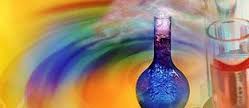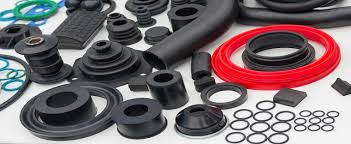What are the factors that affect the aging of the rubber additives?
Rubber additives in the storage and use of the process often appear sticky, harden crisp or crack and other aging phenomenon, causing this problem, mainly in the following categories:
1. Oxygen: Oxygen will react with the rubber molecules in the rubber additives to cause the molecular chain to break or over-crosslink, so that its performance changes.
2. Thermal: The temperature increase will promote the thermal cracking or thermal crosslinking of the accelerator, and increase the diffusion rate of oxygen and the activation of oxidation reaction, thus accelerating the oxidation rate of rubber.
3. Ozone: When the ozone is applied to the undeformed rubber, there will be cracks in the same direction as the stress. When used as a deformed rubber, only the oxide film is formed on the surface without cracking.
4. UV: can directly cause the rubber molecular chain of the fracture and cross-linking, rubber due to the absorption of light energy and free radicals, trigger and accelerate the oxidation chain reaction process.
5. Moisture: rubber in the humid air rain or soak in water, easy to damage, it is due to the rubber in the water-soluble substances and hydrophilic groups and other components by water extraction dissolved, hydrolysis or absorption and other reasons.
6. Oil: In the course of the use of long-term contact with the oil medium, oil can penetrate into the accelerator inside, to produce swelling, resulting in rubber strength and other mechanical properties.

 Pусский
Pусский
